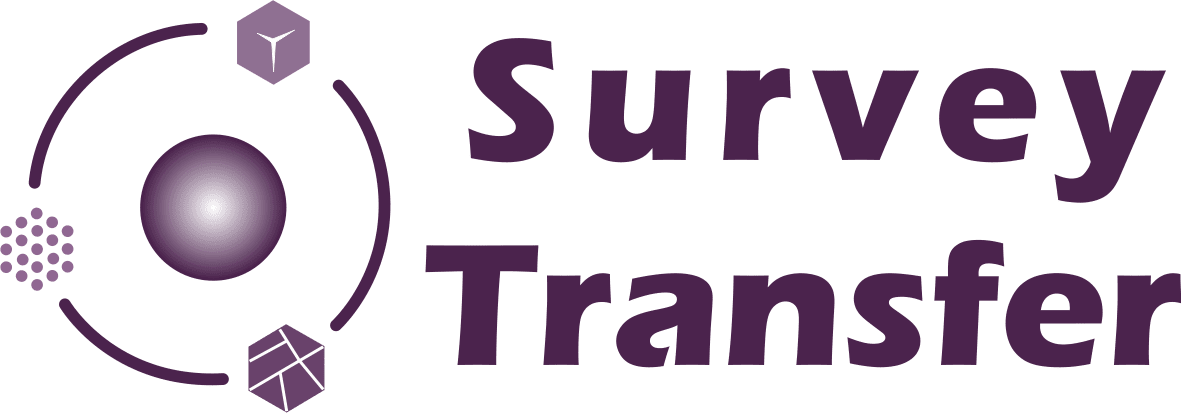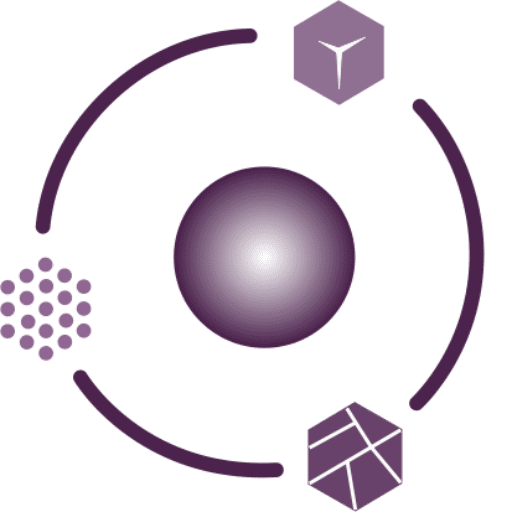Maintaining utility infrastructure is essential for ensuring reliability and safety. Traditional inspection methods, such as manual ground surveys or helicopter inspections, are often expensive, time-consuming, and hazardous. Drone utility inspection has emerged as a cutting-edge solution that enhances efficiency, reduces costs, and improves safety. By leveraging aerial technology, drones provide real-time data, high-resolution imaging, and AI-powered analytics to transform the way utility companies monitor infrastructure.
What Is Drone Utility Inspection?
Drone utility inspection refers to the use of unmanned aerial vehicles (UAVs) to assess and monitor utility infrastructure, such as power lines, pipelines, and telecom towers. Drones equipped with advanced sensors, thermal cameras, and LiDAR technology can detect faults, structural weaknesses, and potential hazards without requiring human inspectors to enter dangerous environments.
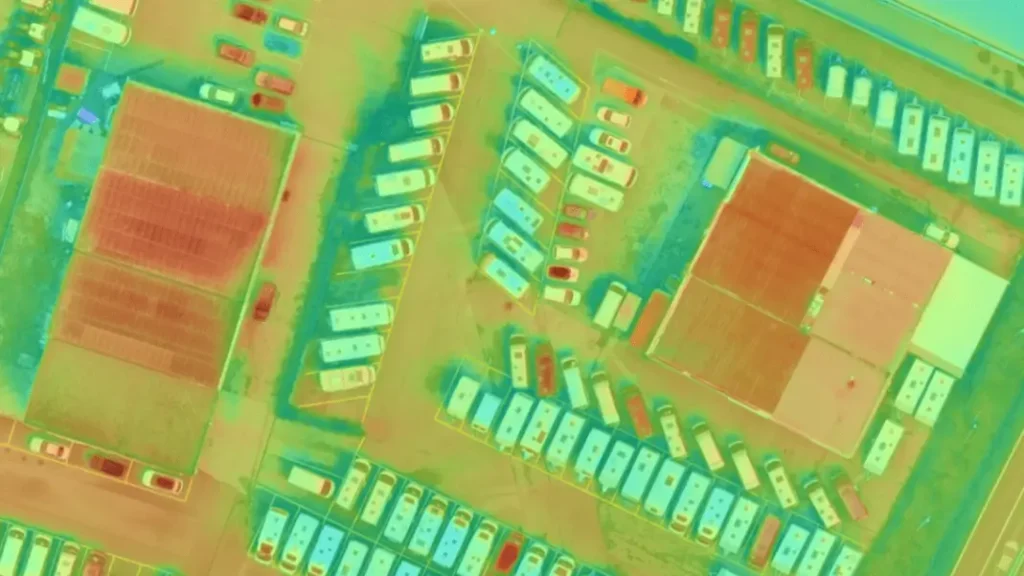
Applications of Drone Inspections in Utilities
Power Line Inspection
Drones play a critical role in inspecting power lines by detecting overheating components, vegetation encroachment, and damaged insulators. With high-resolution imaging and thermal sensors, drones identify potential failures before they cause outages, enabling proactive maintenance. This technology significantly enhances grid reliability and minimizes downtime.
Pipeline Inspection
Regular inspections are necessary to ensure the integrity of pipelines transporting oil, gas, and water. Drones equipped with infrared cameras and leak-detection sensors can survey extensive pipeline networks quickly, identifying corrosion, leaks, or structural weaknesses. This aerial approach improves monitoring efficiency and reduces environmental risks associated with undetected leaks.
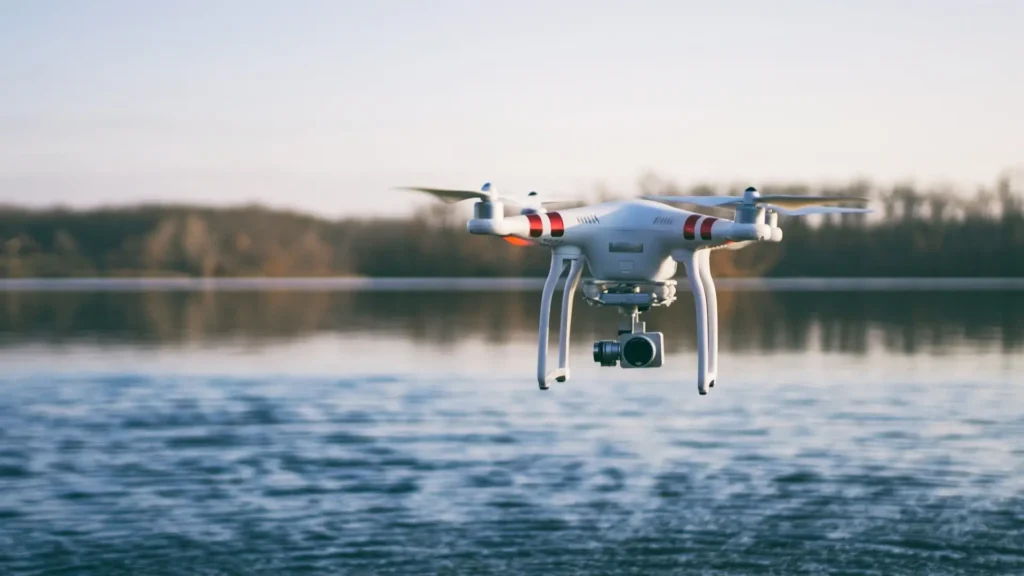
Telecom Tower Assessment
Maintaining telecom towers requires frequent inspections to ensure network stability and equipment functionality. Drones can conduct high-resolution imaging of towers, antennas, and support structures, providing telecom operators with detailed insights into wear and tear, misalignments, and necessary repairs without requiring personnel to climb hazardous heights.
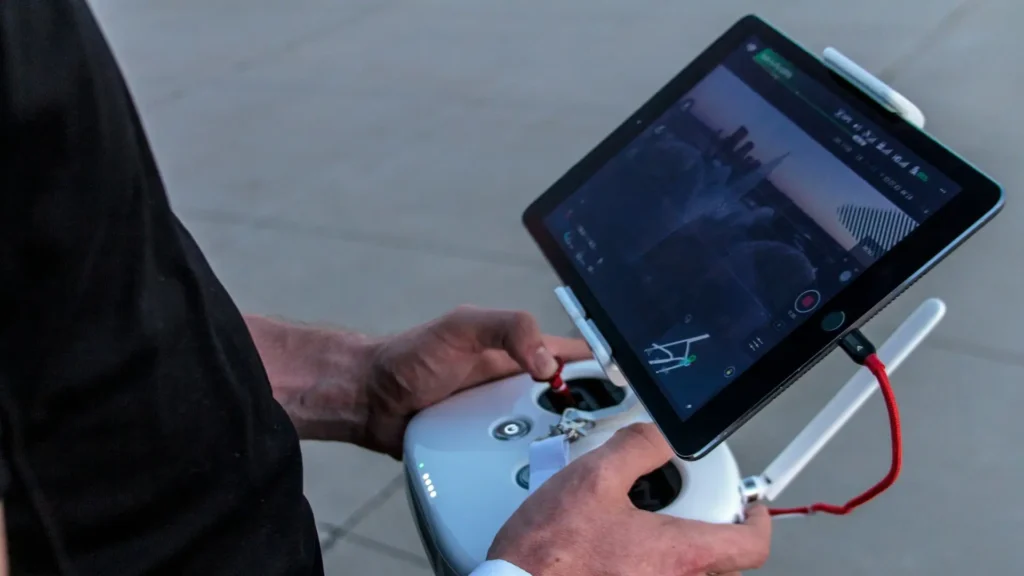
How Drone Utility Inspection Works
The drone inspection process involves several key steps:
- Pre-Flight Planning: Identify the inspection site, set up flight parameters, and ensure regulatory compliance.
- Data Collection: Drones capture high-resolution images, thermal scans, and 3D mapping data during autonomous or manual flights.
- AI-Powered Analysis: Advanced software analyzes the collected data, detecting faults, anomalies, and degradation in utility infrastructure.
- Reporting and Maintenance Planning: The analyzed data is compiled into detailed reports, helping maintenance teams prioritize repairs and preventive measures.
Advantages of Drone Utility Inspection
Improved Safety
Drones eliminate the need for personnel to work at dangerous heights, near high-voltage lines, or in remote locations. By reducing human exposure to hazardous environments, drone inspections significantly enhance worker safety.
Cost Efficiency
Compared to traditional inspection methods, drone inspections are more cost-effective. They eliminate the need for expensive helicopter flights and reduce labor-intensive manual inspections. Utility companies can save money while maintaining a high standard of infrastructure monitoring.
Enhanced Data Accuracy
Drones provide precise, real-time data with high-resolution imagery, LiDAR scans, and thermal detection. These technologies enable more accurate assessments of utility infrastructure conditions, leading to better-informed maintenance decisions.
Faster Inspections
Manual inspections can take days or even weeks, whereas drones can complete the same assessments in a fraction of the time. Rapid data collection allows for quicker identification of potential issues, reducing downtime and improving operational efficiency.
Regulatory Considerations & Compliance
Utility companies must adhere to drone operation regulations set by aviation authorities such as the FAA (Federal Aviation Administration) in the U.S. or EASA (European Union Aviation Safety Agency) in Europe. Compliance with local guidelines, obtaining necessary permits, and ensuring pilot certification are essential for conducting legal and safe drone inspections.
Future of Drone Utility Inspection
As technology advances, drones are becoming even more sophisticated. The future of drone utility inspection includes:
- AI-driven anomaly detection for automated fault recognition.
- Autonomous drones that require minimal human intervention.
- 5G connectivity to enable real-time data streaming and cloud-based analysis.
- Integration with Digital Twins to create virtual models of utility infrastructure for predictive maintenance.
Conclusion – Drone Utility Inspection
Drone utility inspection is revolutionizing the way utility companies monitor infrastructure. With improved safety, cost efficiency, and data accuracy, drones offer a reliable solution for power line inspections, pipeline monitoring, and telecom tower assessments. As regulatory frameworks evolve and drone technology continues to advance, the adoption of UAVs in the utility sector will only expand. Companies looking to enhance their infrastructure maintenance should consider SurveyTransfer’s expertise in drone-based utility inspections, ensuring reliable and data-driven decision-making.
If you really liked what you read than you can share it with your friends. 🙂
Did you like what you read? Do you want to read similar ones?
